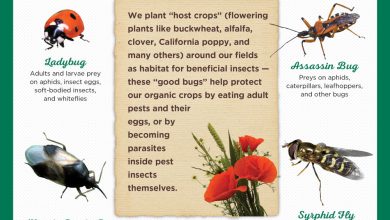Wormwood: [Cultivation, Irrigation, Care, Pests and Diseases]
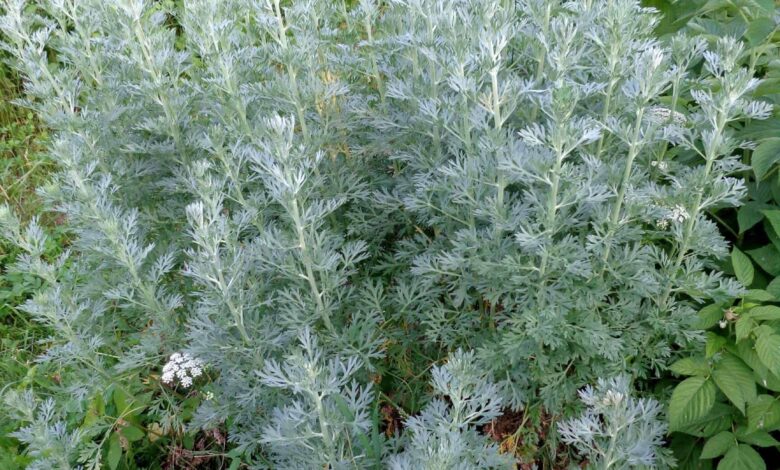
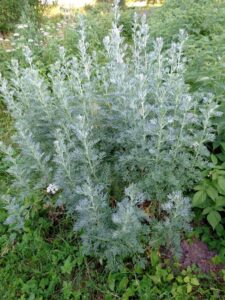 The Artemisia absinthium , known as wormwood , yerba santa, teacher grass, among many other variants, is a plant with a unique historical medicinal value.
The Artemisia absinthium , known as wormwood , yerba santa, teacher grass, among many other variants, is a plant with a unique historical medicinal value.
Known and appreciated since ancient times by the Egyptians and Greeks, wormwood was used as an anthelmintic, that is, to eliminate infestations of parasites in the intestine.
The wormwood was also traditionally used to improve digestion, improve liver problems and gallbladder, as well as to stimulate menstruation.
In fact, within an ancient medical book called Treasure of the Poor , absinthe was listed as «the mother of all herbs» due to its many medicinal and aromatic applications.
Today, absinthe has become one of the essential plants in today’s orchards. Now, what steps do you have to follow to cultivate it? Here we share some important points about the cultivation of absinthe .
- Scientific name: Artemisia absinthium .
- Common name: Wormwood, holy herb, bitter mugwort, master herb, prodigious, alosna, mugwort.
- Height: 40 cm and 1 m.
- Light requirement : Sun exposure and semi-shade.
- Temperature: Temperate.
- Irrigation: Controlled.
- Fertilizer : Natural and artificial fertilizers.
What are the characteristics of absinthe?
The branches of the wormwood dry in autumn and winter, but they grow again during the spring, when clusters of yellow flowers sprout and produce an achene fruit , that is, a simple, dry fruit with a strong and pungent odor.
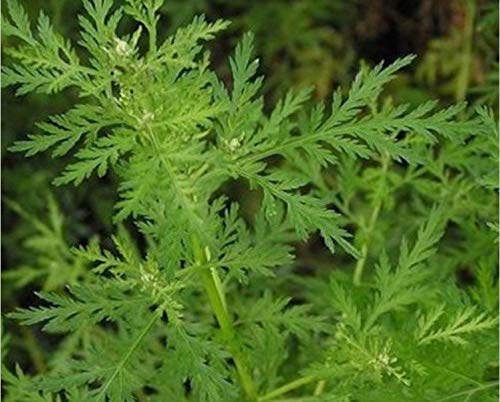
Both the branches and the leaves have a whitish coloration due to the thick, gray hair that covers them. In fact, one of the most important characteristics of absinthe is the bitter taste of its leaves caused by an alkaloid known as absinthe.
There are theories that explain that «Artemisia» was named in honor of the Greek goddess Artemis, the goddess of the hunt, the healing virtues of women’s diseases, fertility and virgin land.
When to sow absinthe?
Where to plant absinthe?
The wormwood is native to Europe, Asia and North Asia, so it grows on land and environments fresh with moderate rainfall (less than 400 liters per year), in which there is protection from the wind so that it can not spread the small seeds of plant.
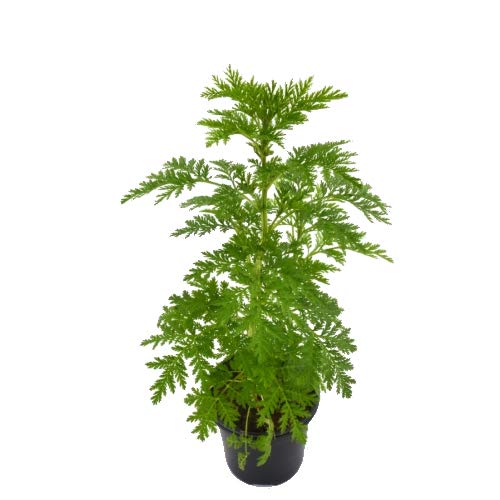
Specialists recommend growing absinthe in a plantation frame between 70 x 30 centimeters and 60 x 80 centimeters oriented towards the south or southwest to favor sun exposure.
How to prepare the land?
The wormwood is a plant that does not require much care. It grows very well in deep, light, dry plastic soils, especially if grown in rich, well-drained substrates. It must be ensured that the soil is not very clayey or excessively humid, as these conditions are unfavorable for the plant .

On the other hand, in large plantations it is expected that the soil is well fertilized, either with manure, or with mineral components such as nitrogen, phosphoric acid and potassium in different measures and proportions.

If you want to grow in small gardens, it is recommended to make a basic mixture of 50% worm humus, with organic nutrients and chemical retention, and 50% coconut fiber, a light fiber that helps retain moisture and that the substrate has an optimal pH (between 4.8 and 8.2).
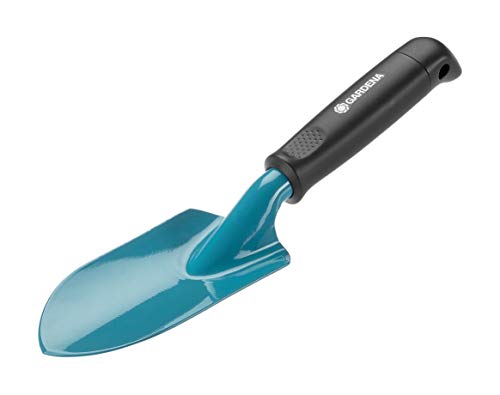
There are other proportions to have an improved substrate. For these cases, a mixture is recommended in which the substrate contains 40% worm humus , 40% coconut fiber, 10% agrolite and 10% vermiculite, with which decompaction, aeration and chemical retention are favored. of nutrients.
How do we water the absinthe?
How often do we water the absinthe?
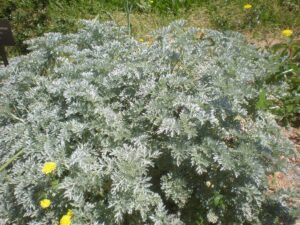 It is important to water the absinthe seeds daily when they are planted, about an inch of water each week, especially during the summer .
It is important to water the absinthe seeds daily when they are planted, about an inch of water each week, especially during the summer .
However, when the plant becomes established and matures, the risk should decrease dramatically. For example, in summer it is recommended to water the plant every two or three weeks, and increase the frequency during times of drought or extreme heat.
On the contrary, the irrigation of wormwood should be limited during the rainy season or in climates where there is higher humidity to prevent the plant from becoming weak or fungi sprouting.
How to sow a wormwood step by step?
The wormwood can be grown in different ways:
By seed
- The seeds are placed in a seedbed, well covered by a light layer of fine sand. It can also be broadcast as long as the seeds are covered by sandy soil.
- Let the seeds germinate for 15 days with daily light watering until a couple of leaves sprout from the seedlings.
- When the plants are 6 or 7 fingers high, transplant them in rows 70 to 80 centimeters apart.
By stakes
- Search for a plant of wormwood ripe with branches of a year old.
- Cut branches into sections of 15 to 20 centimeters, approximately.
- Strip the leaves and bury them in rows 3 to 4 centimeters between each one, leaving two or three buds of the stake outside .
- Water daily without overly moistening the soil.
- Transplant the cuttings once they have taken root, especially in the spring .
By layering
- Choose a young branch of absinthe .
- In a section of the branch, remove or carve about 1 centimeter of bark.
- Surround the area of the branch with sawdust or moistened moss between 8 and 10 centimeters.
- Cover the area with plastic wrap and tie it firmly.
- The layer can be separated from the plant only if a large number of roots are observed in the intervened area and then it is transplanted.
What care does absinthe need?
One of the main cares of absinthe is to monitor the level of soil moisture and avoid puddles as moisture can favor the appearance of fungi and seriously damage the plant. During the summer the wormwood plant must be watered more regularly. It is also important to weed the ground to eliminate weeds, as well as to control ant colonies .
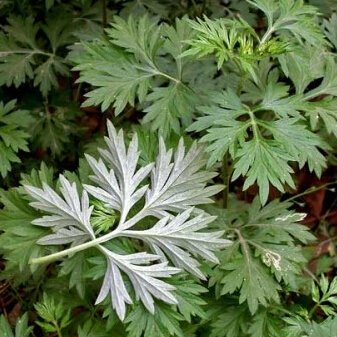
It is also important to prune wormwood in the fall to prevent uncontrolled spread. The procedure to prune or harvest the plant is done by cutting outer tender stems and letting the central branches thicken so that it can recover.
What pests and diseases affect wormwood?
As such, wormwood is not known for specific diseases or pests. In fact, the leaves are a very effective natural remedy to control pests of different crops.
However, wormwood can develop fungi due to excess moisture in the soil. The fungi that usually affect this plant are Puccinia absinthii and Phacopsora compositarum .
On the other hand, if drooping stems, loose and discolored foliage are observed, it is important to check the soil moisture level and stop watering for a week or two to allow the wormwood to regain its strength.


![Photo of Marula Tree: [Planting, Care, Harvest, Irrigation and Characteristics]](https://www.complete-gardening.com/wp-content/uploads/2021/06/Cuidados-y-plantación-de-Marula-390x220.jpg)
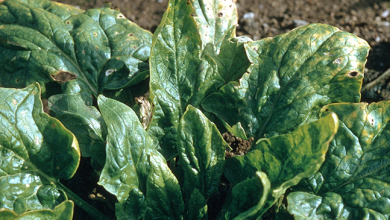
![Photo of Climbing Plants with Flowers: [Characteristics and Images]](https://www.complete-gardening.com/wp-content/uploads/2022/08/climbing-plants-with-flowers-characteristics-and-images-390x220.jpg)
